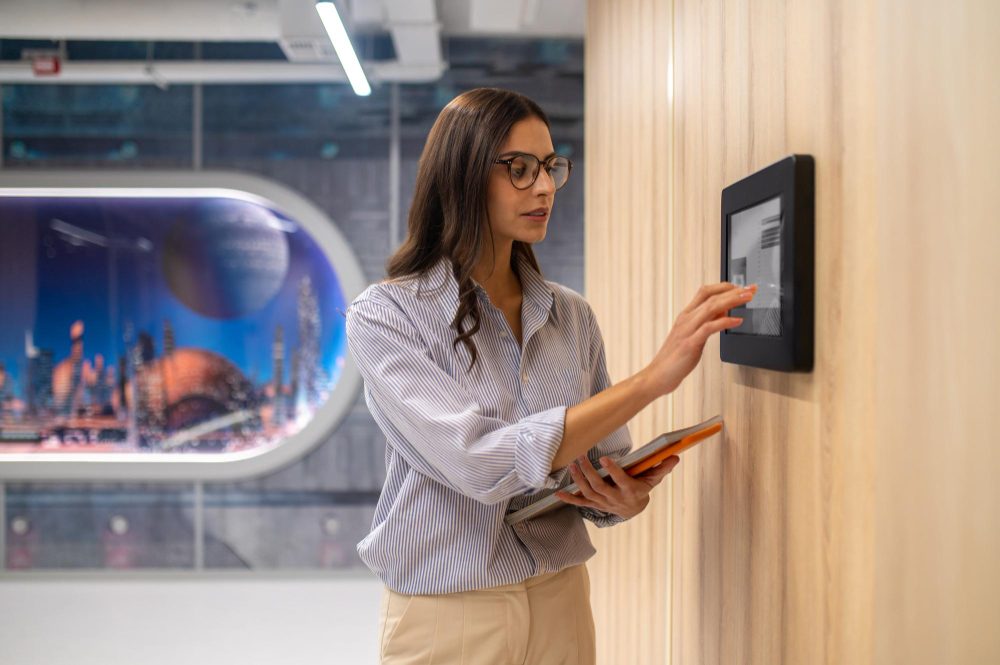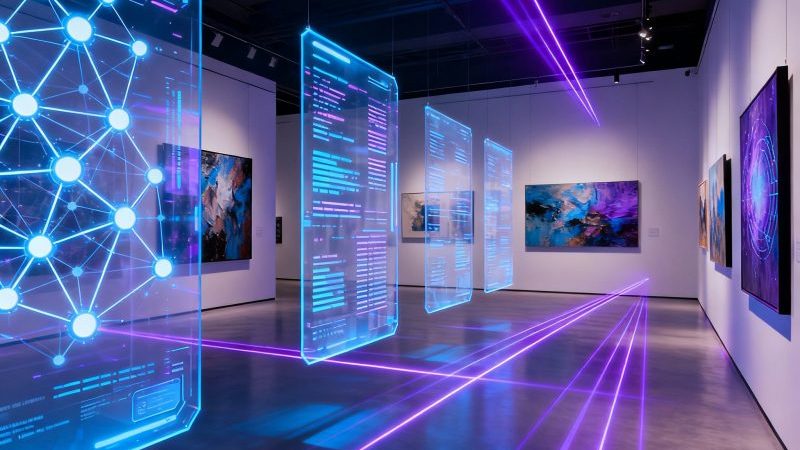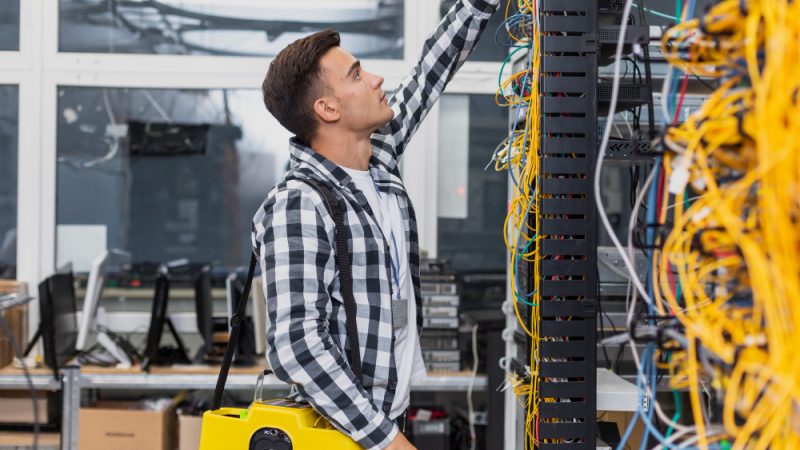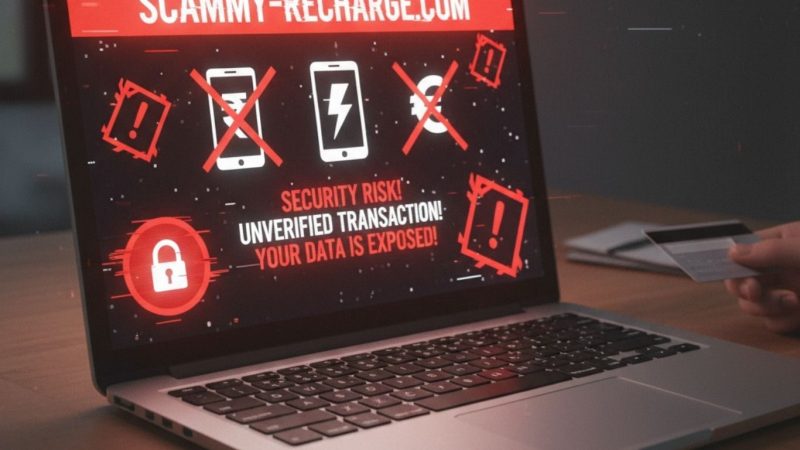Are Smart Lockers Just a Convenience—or the Missing Link in Business Efficiency?

When we talk about technology making life easier, smart locker systems deserve a louder mention. These aren’t just steel cabinets with keypads—they’re tech-forward solutions that streamline everything from package deliveries to inventory access. For business owners juggling customer satisfaction, staff efficiency, and operational headaches, smart lockers offer a rare win-win: less chaos, more control.
From retail to real estate, coworking to construction, locker systems are showing up in unexpected places and changing how organizations operate. Let’s break down six high-impact use cases where smart lockers do more than just store things—they solve real business problems.
Coworking Spaces can Benefit from Smart Lockers
Coworking spaces have redefined the modern office, offering flexible desks, shared amenities, and a sense of community. But they’ve also introduced new logistical challenges, especially around mail and package management. You’ve got freelancers, small businesses, and enterprise teams all using the same address, with deliveries arriving constantly. That’s a recipe for confusion—unless you have a plan.
This is where smart lockers come in. By integrating locker systems with access technology, coworking operators can automate mailroom functions without assigning extra staff. Packages get scanned, assigned to the right recipient, and securely stored until picked up. Tenants get real-time notifications, unlock their compartment with a code or app, and pick up their delivery without any middleman.
Grocery Lockers are a Big Deal for Food Retailers
The rise of online grocery ordering has made convenience king, but pickup logistics have been a headache for stores and customers alike. Grocery lockers are bridging the convenience gap between food deliveries made at the wrong time and being able to just pick up your order from cold storage as soon as the workday is done.
Instead of racing to meet tight delivery windows or crowding into pickup lanes, customers can retrieve their orders on their own schedule. Refrigerated and freezer-capable lockers keep perishable items at the right temperature, giving stores a secure handoff option that’s both efficient and scalable. Orders are packed, loaded into the lockers, and unlocked by the customer via code or app. No lines, no waiting, no staffing bottlenecks.
Residential Properties can use Locker Systems to Improve Tenant Experience
Apartment buildings are seeing package volume grow year after year, and front desks aren’t built to keep up. Residents don’t want to chase down staff or risk their orders sitting in unsecured entryways. That’s why smart lockers are becoming a standard feature in mid-tier and high-end residential complexes alike.
With a smart locker system, packages are received, logged, and placed into secure compartments. Tenants receive instant alerts and can retrieve their items any time, day or night. That 24/7 accessibility removes pressure from building staff while giving residents full control over their deliveries.
But it’s not just about Amazon boxes. Properties are using lockers for dry cleaning, food delivery, and even in-house services like tool libraries or tech rentals. That versatility turns lockers into more than storage—they become part of the tenant lifestyle.
Lockers Offer a Smarter Way to Support Students in College
College campuses are mini cities, with thousands of students moving between classes, residence halls, and libraries. That makes logistics challenging—especially when it comes to distributing packages, supplies, or borrowed equipment. Smart lockers help campuses keep up.
A centralized locker hub can support textbook rentals, IT equipment checkouts, and student mail delivery all in one. When a student needs to pick up a new laptop charger or a pair of borrowed headphones, they don’t have to wait for a help desk or office hours. They just scan a code and grab their item. It’s quick, self-service, and friction-free.
Retailers can use Lockers to Improve Customer Experience
Brick-and-mortar retailers are under pressure to match the convenience of e-commerce. Curbside pickup helped bridge the gap, but it’s labor-intensive and often inconsistent. Smart lockers give stores a better way to handle click-and-collect orders without disrupting floor operations.
Customers simply order online or through an app, and store staff load the completed order into a locker. The customer gets a notification and retrieves their items when it suits them. That takes pressure off cashiers and sales associates, shortens pickup times, and keeps the front of the store from turning into a delivery depot.
Smart Lockers Help Warehouses and B2B Operations Too
Smart lockers aren’t just for customer-facing businesses. Warehouses, distribution centers, and field service operations are using them to manage internal logistics, tools, and parts. In a busy facility, tracking who has what tool—or where the replacement laptop battery went—can be surprisingly difficult. That’s where locker systems offer clarity.
A parts manager can load items into designated lockers, assign pickup windows to staff, and maintain a digital record of every transaction. No more misplaced tools, missed connections, or waiting around for access. The lockers create an automatic chain of custody, reduce human error, and keep operations humming even during shift changes.






